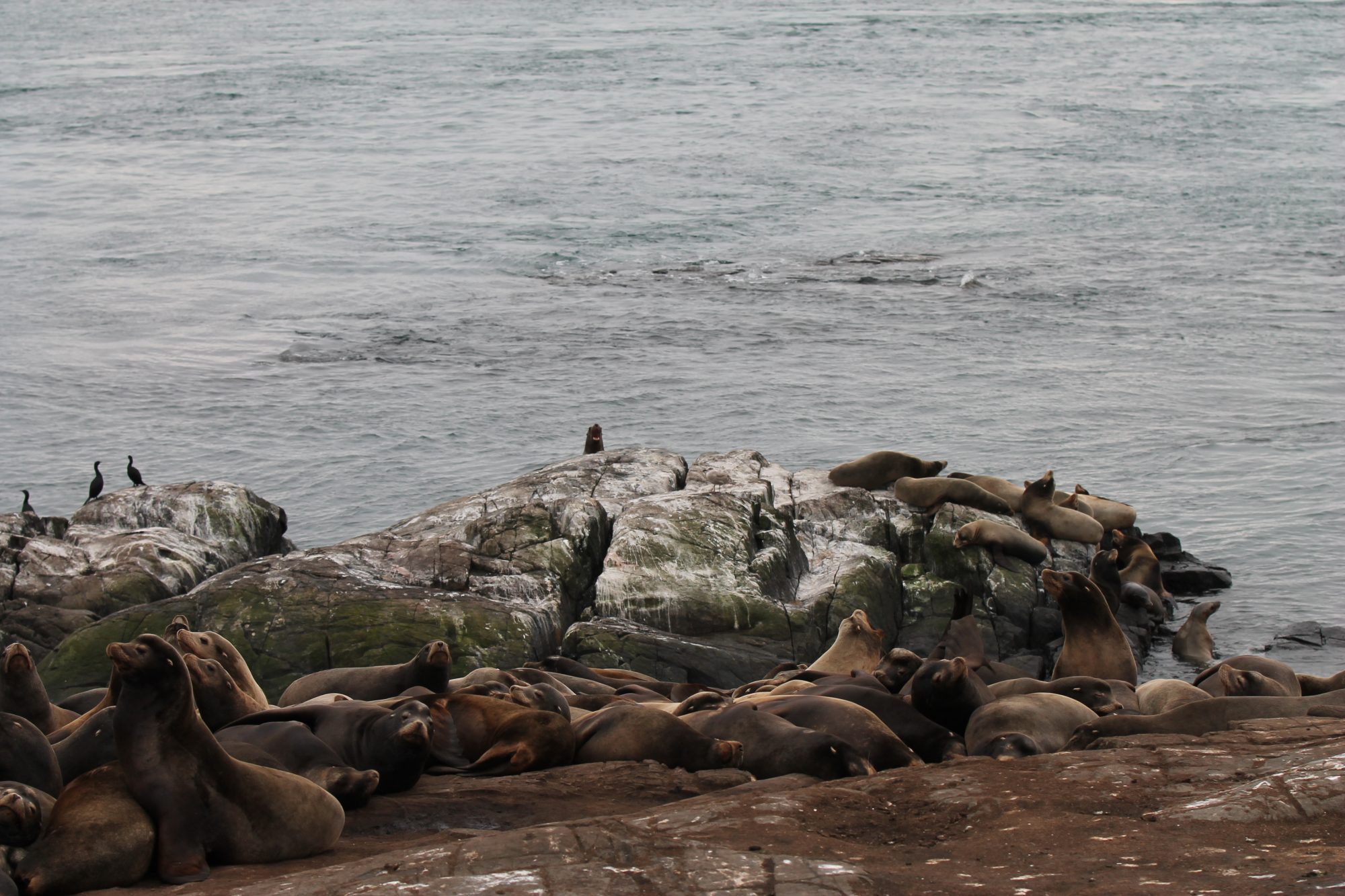 Our first observation of this species at Race Rocks was made by Laas Parnell, Ecological Reserve Warden on Dec 16, 2019.
Our first observation of this species at Race Rocks was made by Laas Parnell, Ecological Reserve Warden on Dec 16, 2019.
Kingdom: Animalia
Phylum: Chordata
Class: Aves
Order: Passeriformes
Family: Parulidae
Genus: Setophaga
Species: S. townsendi
Common name Townsend’s warbler
and this reference from The Cornell Lab website:
Backyard Tips
On the Pacific coast in winter, Townsend’s Warblers often investigate backyard feeders, most regularly when temperatures drop below freezing, to eat energy-rich foods such as mealworms, peanut butter, and suet.
- Cool Facts
- On the wintering ground in Mexico, the Townsend’s Warbler feeds extensively on the sugary excretions (known as “honeydew”) of scale insects. It’s such a good food resource that Townsend’s Warblers set up and defend territories around trees infested with the insects.
- Townsend’s Warbler was first noted to science by John Kirk Townsend, an American naturalist who collected a male specimen near the mouth of the Columbia River in what is now Oregon, on April 16, 1835. His discovery followed a long cross-continental trek. Townsend was accompanied on this expedition by English botanist Thomas Nuttall. Dozens of western plants and animals bear the names of these early naturalists.
|
Other Members of the Class Aves at Race Rocks.
|
and Image File |
 The Race Rocks taxonomy is a collaborative venture originally started with the Biology and Environmental Systems students of Lester Pearson College UWC. It now also has contributions added by Faculty, Staff, Volunteers and Observers on the remote control webcams. Dec, 11 2019- Laas Parnell The Race Rocks taxonomy is a collaborative venture originally started with the Biology and Environmental Systems students of Lester Pearson College UWC. It now also has contributions added by Faculty, Staff, Volunteers and Observers on the remote control webcams. Dec, 11 2019- Laas Parnell |








